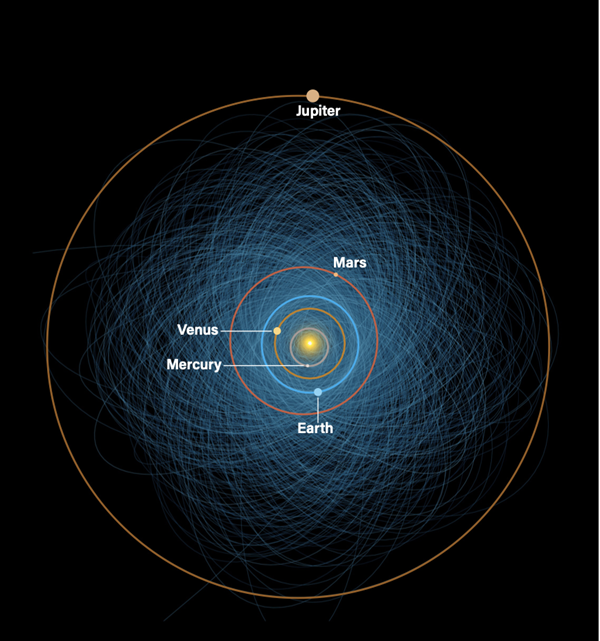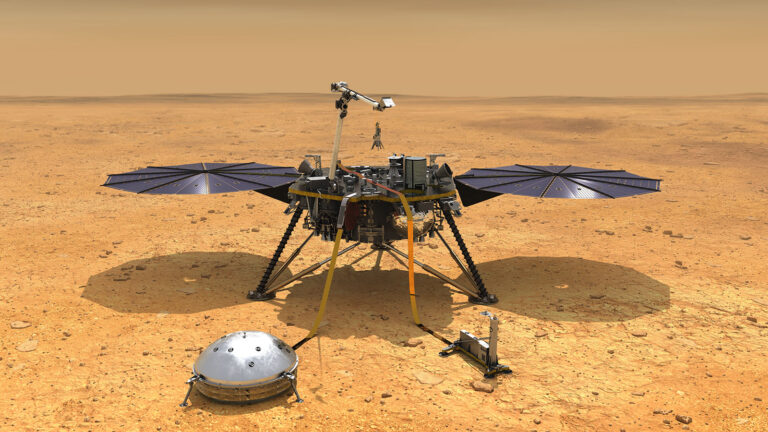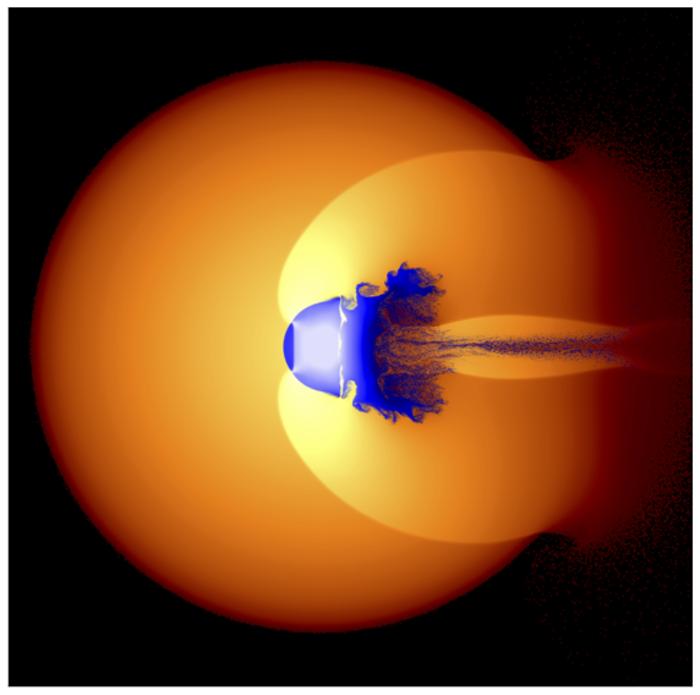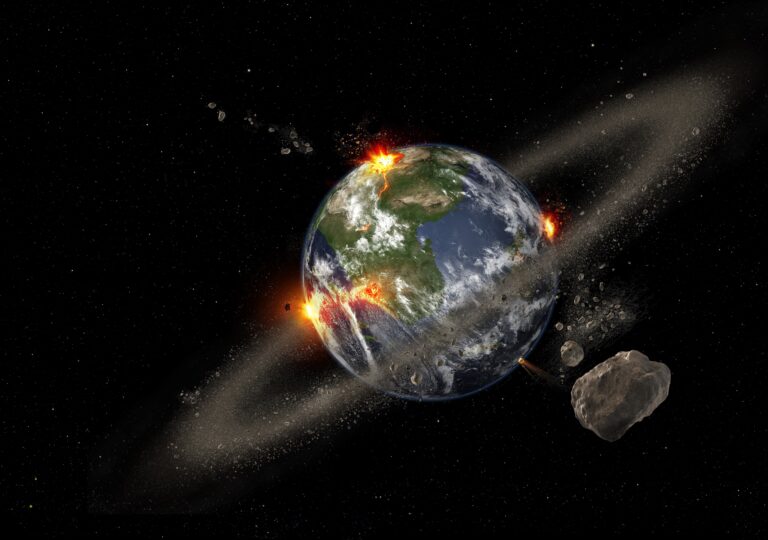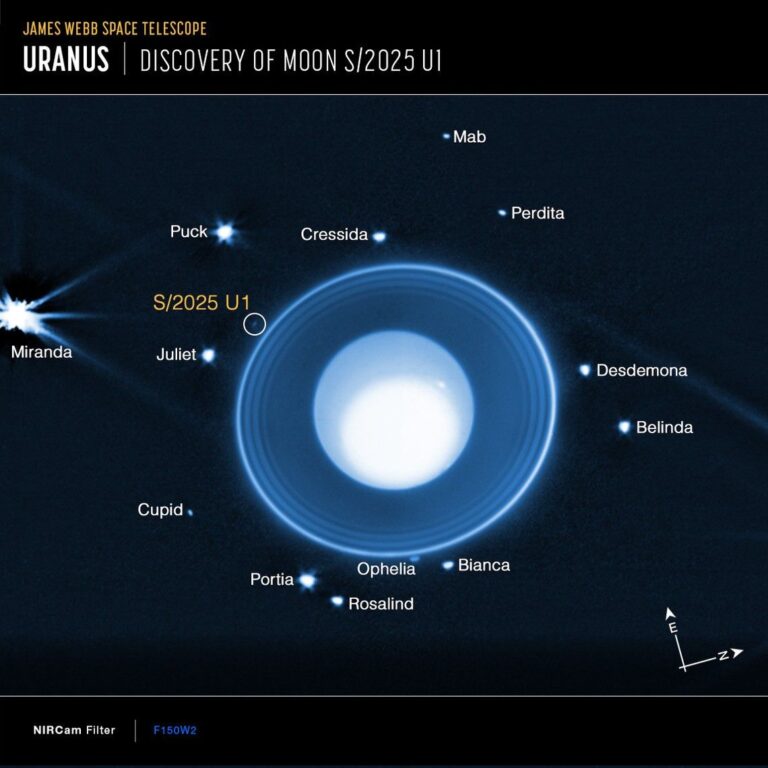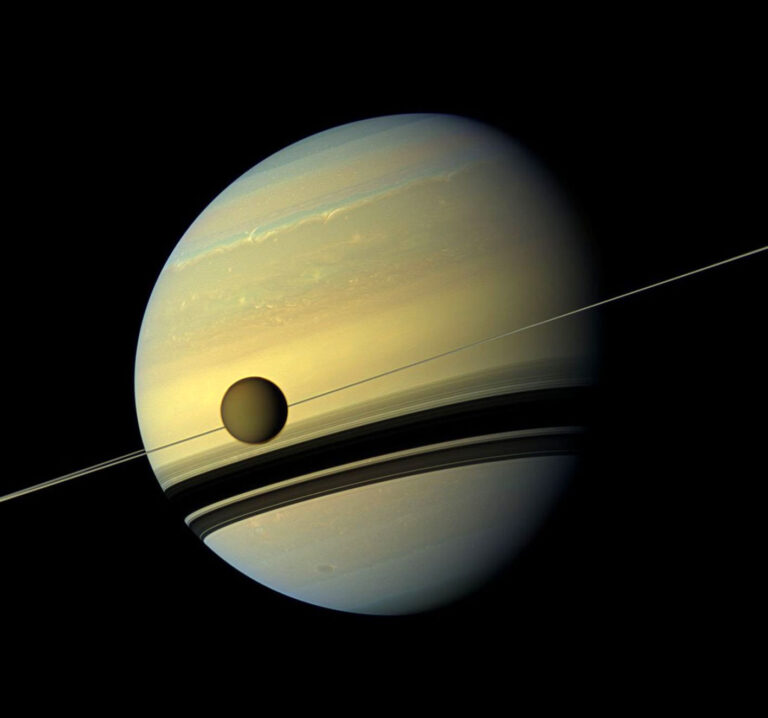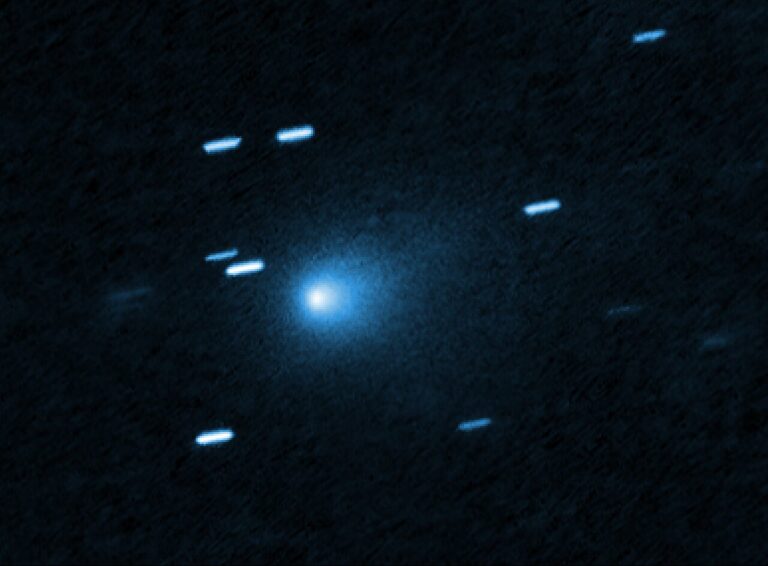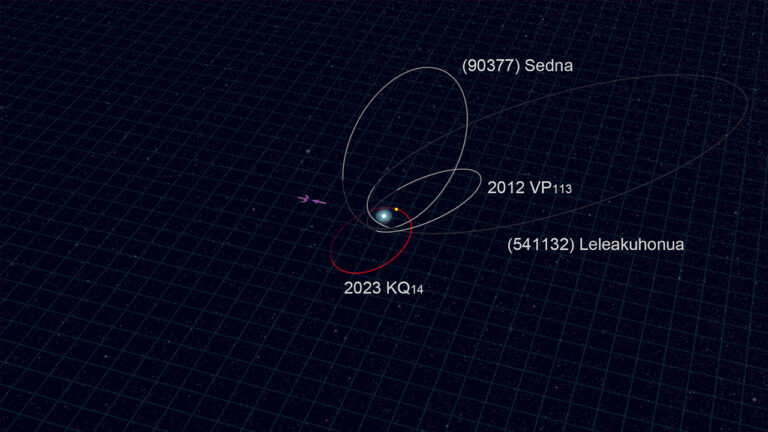Key Takeaways:
What is the largest asteroid and comet considered to be a near-Earth object? How large are they?
Doomsday impactors are a staple of modern science fiction. The most famous real-world example of an impact wiping out much of the life on Earth is, of course, the object that took out the dinosaurs some 66 million years ago.
Thankfully, events of that magnitude are fairly uncommon, happening about once every few hundreds of millions of years. But the possibility is there, so space agencies around the globe have taken to monitoring the skies for near-Earth objects (NEOs). These objects are comets and asteroids whose orbits take them within 1.3 astronomical units (AU; where 1 AU is the average distance between Earth and the Sun) of our star.
On that note, the largest comets and asteroids tend to stay far enough away that we have very little to worry about. The largest asteroid considered a NEO is 1036 Ganymed. This asteroid is about 23 miles (37 kilometers) in diameter. With a closest solar approach of 1.24 AU, 1036 Ganymed is just within the minimum distance to categorize it as an NEO.
The largest comet in the sky today is 109P/Swift-Tuttle. At 16 miles (26 km), Swift-Tuttle is about twice the size of the object believed to have wiped out the dinosaurs. However, this comet poses little threat to us, as it makes its closest solar approach of 0.95 AU every 133 years. And, in fact, we have it to thank for the Perseid meteor shower.
It’s actually the little guys that we need to be more concerned about, as they’re more likely to sneak past our detection. Earth’s closest encounter on record with a known NEO was with 2020 VT4, which passed a mere 232 miles (375 km) above Earth’s surface Nov. 13, 2020. The asteroid was spotted only after it made its closest approach. The previous closest asteroid, 2020 QG, had skimmed past Earth just three months before 2020 VT4; it, too, was not seen prior to its close pass.
Associate Editor

